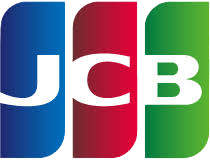Navigate Like a Pro The Old-School Way
In a world where everyone relies on digital navigation, knowing how to travel with a paper map is a skill that adds both charm and reliability to your journey. A paper map offers a complete view of the area, helping you understand the terrain, spot hidden gems, and stay on course even when there’s no signal. Begin by getting familiar with the symbols, compass directions, and scale. Use a pencil to lightly trace your path and fold the map to focus on the region you’re exploring. Whether you’re hiking in the mountains or driving through rural roads, a paper map keeps you connected to the landscape and gives you full control without battery worries. It brings back the joy of hands-on travel and lets you move at your own pace.
Why Paper Maps Still Matter on the Road
Traveling with a paper map is more than a backup plan. It’s a timeless and trusted method of navigation that encourages deeper exploration. While phone apps often limit your view to a small screen, a paper map lays out the bigger picture. You can spot nearby towns, natural landmarks, or alternate routes you might have missed digitally. There’s no need for internet access or charging cables. You can write notes directly on the map, circle places of interest, and enjoy the peace of mind that comes with being prepared. Especially useful for backpackers, road-trippers, and nature lovers, paper maps bring a tactile, focused way of navigating that makes your travel experience more grounded and memorable






